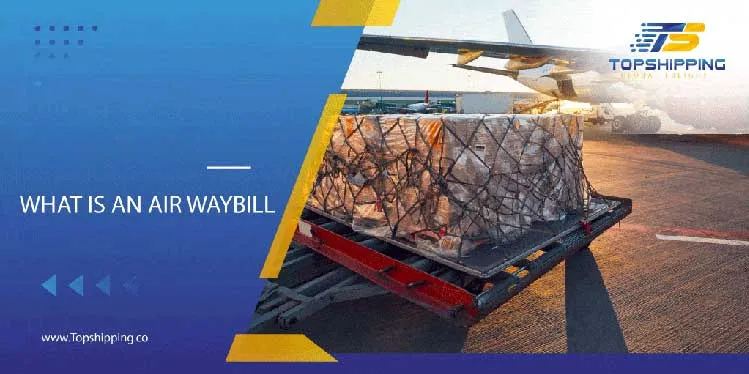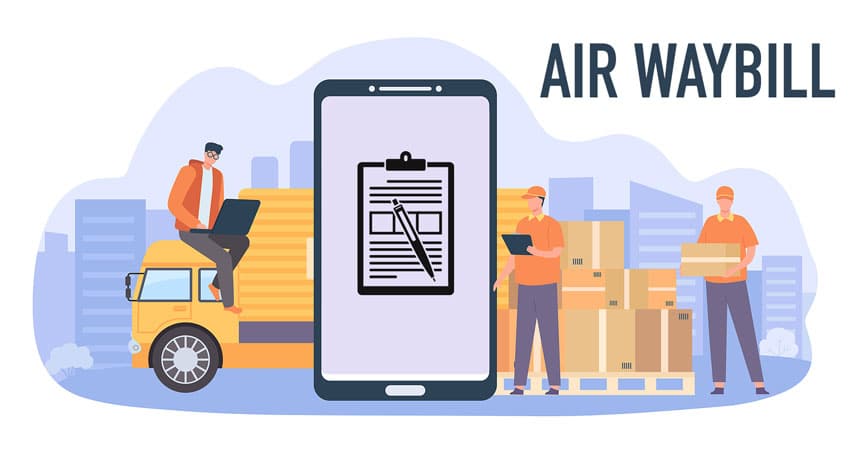What is a Air Waybill or AWB?
An AWB in the air cargo transport business works as a contract of transport between the shipper and the airline. It is also a receipt for goods, including the sender’s address and that of the receiver of the shipment, description of shipment, and flight details. Being non-negotiable means it cannot be transferred to the third party, thereby guaranteeing security in shipment. It also assists in customs clearance and the tracking of cargo throughout its movement. In short, AWB is a crucial document to keep air freight forwarders working smoothly and to handle shipments without hassle.

What Does AWB Mean in Shipping?
AWB is a very important document in air shipment, which is used as a contract between the shipper and the airline. It is an acknowledgement of receipt of the goods to be carried, which holds the information such as the name of the sender and receiver, description of cargo, and flight details. The AWB is non-negotiable, making the processing of the shipment very secure. Customs clearance and tracking are also facilitated by it, and hence, it plays a major role in the air freight process.
Who will provide Air Waybill?
The AWB is usually provided by the carrier, which may be the airline responsible for the air transportation of goods. The carrier issues the AWB directly to the shipper or through an authorized agent of the carrier, that is, a freight forwarder or consolidator. Where the shipment is direct, the airline may give the AWB directly to the shipper. However, mostly and in many cases, where shipments are handled by intermediaries called freight forwarders, they normally issue the AWB on behalf of the carrier. Finally, the party contracting the transportation, usually either carrier or the carrier’s agent issues the AWB.
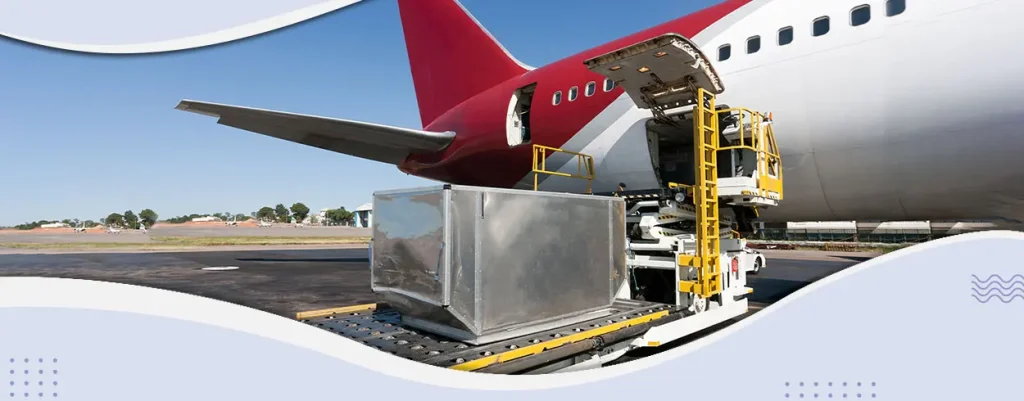
What is an air waybill used for?
An AWB is a very important document in air freight logistics, as it performs various crucial functions. In the first instance, this is a sort of contract between the shipper and an airline company that states the conditions of transportation. The AWB will provide vital information that may include but is not limited to the names and addresses of both sender and recipient, the description of the goods, special handling instructions.
Also, the AWB is the receipt for cargo that proves the airline has taken delivery of the shipment. It is also indispensable in customs clearance due to the information it carries relating to regulatory requirements. The AWB is also non-negotiable, in the sense that it cannot be transferred to another party, thus improving the security of shipment. Additionally, it assists in tracking from the shipment through to delivery-the shipper and the recipient will be able to trace the movement of their cargo. In summary, the AWB will ensure efficiency and safety in air transportation.
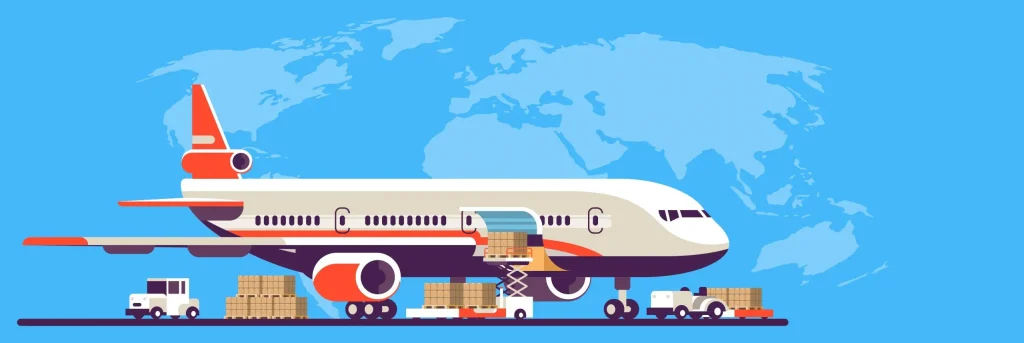
How can you get an air waybill?
Most of the time, an AWB is acquired through Freight Forwarders or an airline. The shipment carrier or freight forwarder, say Topshipping Company , will be generating and printing the AWB in the process of shipment.
You are supposed to provide required information: sender and recipient addresses, goods description, and special handling instructions, among other details.
It will be issued upon confirmation of the booking, in electronic or hard-copy format. You should keep a copy of it for your records, as this acts like a contract and receipt for shipment throughout its journey.
What is an air waybill number?
An AWB number is a unique identification code that allows you to track your cargo. It is an 11-digit number divided into three parts. Here’s a sample AWB:
NUMBER PORT OF LOADING PORT OF DELIVERY COST($) 1 SHANGHAI LOS ANGELES 7500$ 2 SHENZHEN SHENZHEN 8000$ 3 GUANGZHOU SAVANNAH 9800$ 4 TIANJIN HOUSTON 10500$ 5 NINGBO PORT NORFOLK 1100$
what is awb in delivery?
Contract of Carriage:
AWB is the legal contract between the shipper and the air carrier, in which terms and conditions are involved with regard to carrying the shipment from the origin to the destination.
Receipt for Goods:
It also acts as a receipt showing that the airline has actually received the goods from the shipper for transportation.
Shipment Information:
It contains all the important details of shipment, such as the name and address of the shipper, the consignee, a description of the goods, weight and dimension, quantity, and any special handling instructions.
Tracking and Tracing:
The unique number from AWB assigned to each shipment provides tracking and tracing of cargo movements from the source right to its destination. This will be helpful in monitoring the status of every stage’s delivery for the timely shipment delivery.
Customs Documentation:
AWB also acts as a primary document for custom clearance. It possesses all the details required by the custom authorities to conduct inspection, assessment, and release of the consignment for delivery at the destination.
Speaking of which, the AWB is a very important paper when it comes to delivery since through this, transportation by air would be smooth, efficient, and secure; thus, providing all parties the information and legal framework necessary for the facilitation of the shipment process.
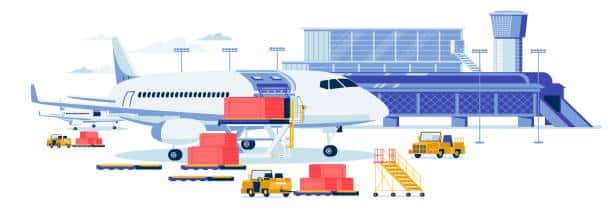
What are the different types of air waybills?
AWBs are issued in many types, each for specific applications within air freight logistics. Main types include:
Standard Air Waybill:
This is the most issued AWB, representing a non-negotiable contract document between the shipper and the airline. Information to be contained within includes: the name and address of the sender and receiver, description of the cargo, flight details.
House Air Waybill:
The AWB is issued by freight forwarders and consolidates several shipments into one master AWB. The forwarder can then handle a number of cargo loads with much ease and simplicity, while having minute details for each shipment.
Master Air Waybill:
This document is utilized by airlines in the consolidation of cargo from different shippers. It acts as one point of reference for a number of house AWBs, therefore simplifying tracking and documentation.
Electronic Air Waybill (e-AWB):
e-AWB is the electronic version of the conventional AWB. It smoothes the shipping process; hence, it saves time by not having to deal with any papers. It reduces mistakes and allows one to keep track in real-time.
Interline Air Waybill:
Referred to when there is more than one carrier handling a shipment. This AWB makes the cargo transfer between carriers flawless and keeps all the documentation in order throughout its journey.
Each of the different types of AWB serves a purpose in ensuring that air freights are carried on smoothly and efficiently.
Each type of AWB plays a vital role in ensuring smooth and efficient air freight operations.
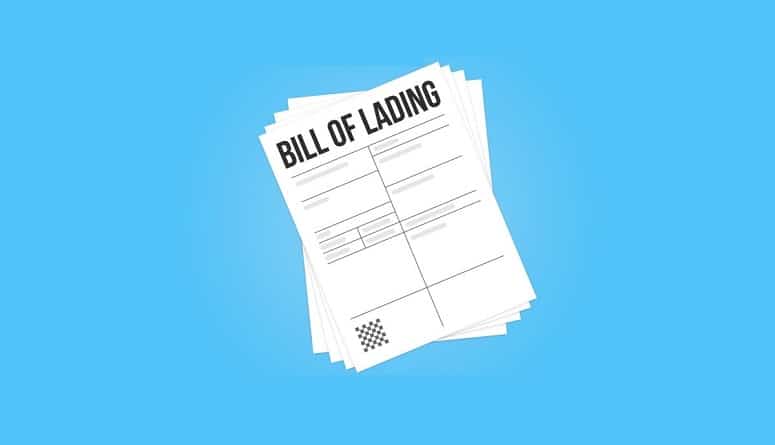
Air waybill vs bill of lading
Both the AWB and B/L are very significant shipping documents, although for different reasons. The AWB applies solely to air transportation. An AWB is a sort of non-negotiable contract between the shipper and the airline. It contains detailed information about the shipment and aids in tracking the consignment and its customs clearance.
While a bill of lading is commonly used in ocean freight, it can either be order bill of lading-negotiable or straight bill of lading-non-negotiable. It acts like a receipt for the goods taken in by the carrier and is also a document of title, which enables any holder of it to claim the cargo upon its arrival at the destination.
While both are essential documents carrying vital details concerning shipment, the AWB purely concerns air cargo, with the bill of lading applied to sea and even road transportation.
Conclusion
The AWB forms a critical air cargo logistics document where an agreement between shippers and airlines is established. It simplifies the transaction in that it basically ensures that transacting is transparent, efficient, and the customs clearance and tracking process smooth.
The AWB captures all the critical information, which includes details of the shipper and consignee, descriptions of goods, flight details, chargeable items, and more-in a legally acceptable form to minimize risks. It has a good fit into tracking systems through unique identification numbers and transmission of electronic data for real-time shipment updates.
Basically, a proper understanding of AWB by air cargo stakeholders engenders transparent operations with minimal complaints and efficient global delivery services. With the AWB an enterprise is confident to handle air cargo logistics.
Your rating for this article
